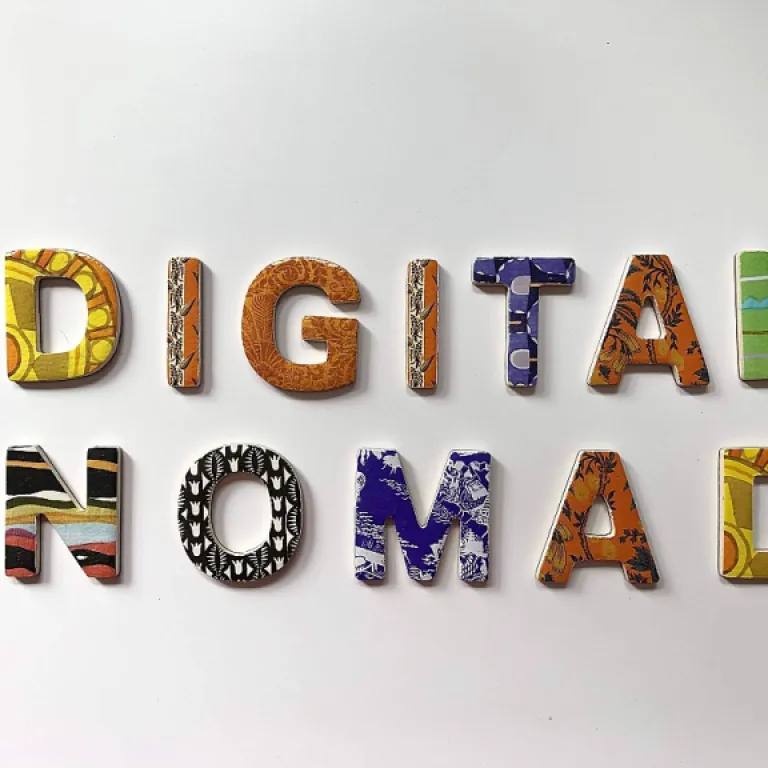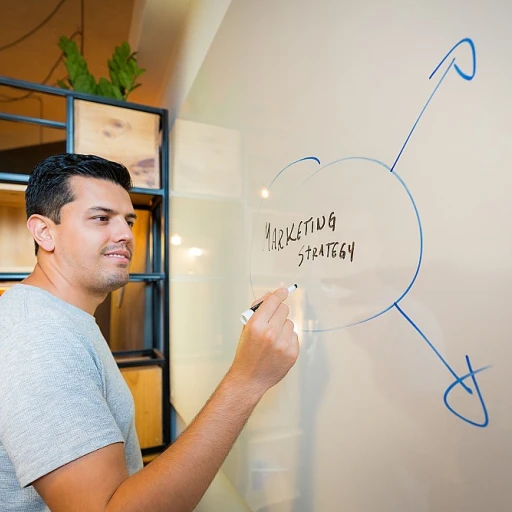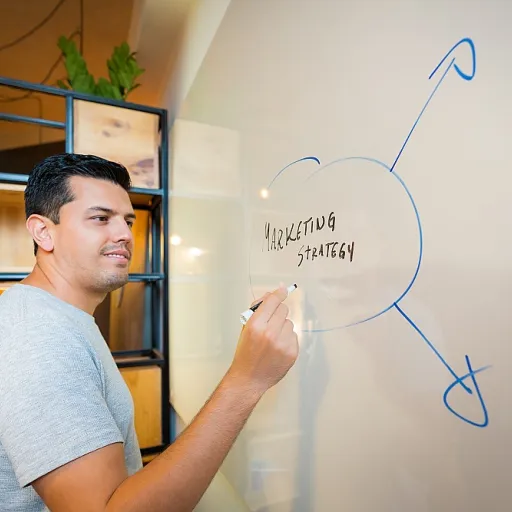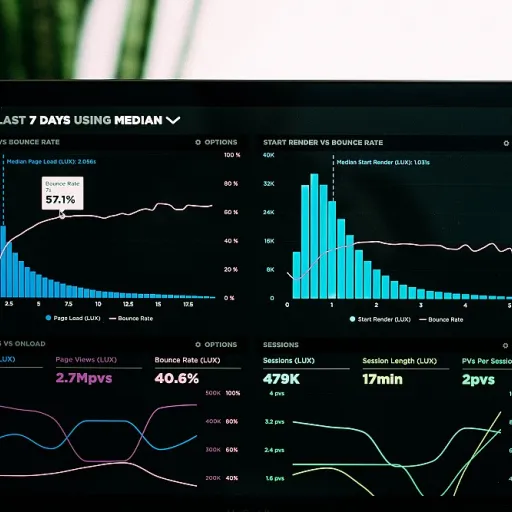
Understanding the rise of banking marketplaces
The digital shift in banking: A new era for influencers
The banking industry has seen a massive digital transformation in recent years. Traditional banks are no longer the only players in the market. Now, digital banking platforms and open banking APIs are changing how financial services are delivered. This shift is creating new opportunities for both customers and businesses, including social media influencers.
Banking marketplaces are at the heart of this change. These digital platforms bring together a wide range of financial products and services from different banks, third-party providers, and fintech companies. Instead of being limited to one bank’s offerings, customers can now access a variety of solutions in one place. This model is often called marketplace banking or open banking, and it’s quickly becoming the standard in retail banking and business banking alike.
For influencers, this means more choice and flexibility. Whether you’re looking for tailored financial solutions, better data management tools, or innovative products to support your business, a digital marketplace can offer a more personalized customer experience. The integration of real-time data and banking APIs allows influencers to manage their finances efficiently, track income from multiple sources, and access new financial products designed for the digital economy.
As the demand for digital banking grows, financial institutions and service providers are investing in secure, user-friendly banking software and platforms. Trust is a key factor here. Influencers need to know that their data is protected and that the financial services they use are reliable. The rise of banking marketplaces is not just about convenience—it’s about building a new level of trust and transparency between banks, customers, and third-party providers.
To dive deeper into how these platforms are driving innovation and improving the customer experience, check out this resource on effective GTM strategies for enhancing data enrichment platforms.
Why influencers need tailored financial solutions
Why Influencers Need More Than Traditional Banking
Social media influencers are not just content creators—they are digital entrepreneurs. Their business models rely on fast payments, international transactions, and partnerships with brands and third-party service providers. Traditional banks and retail banking services often lack the flexibility and tools needed for this dynamic environment. Influencers require digital banking solutions that offer real-time access to funds, seamless integration with platforms, and tailored financial products.
The Shift to Digital Marketplaces for Financial Services
Banking marketplaces have emerged as a response to the digital transformation in the banking industry. These platforms bring together a range of financial products and services from multiple banks and third-party providers, all accessible through a single digital interface. For influencers, this means they can compare, select, and manage financial solutions that fit their unique business needs—without being tied to a single bank.
- Open banking APIs: Enable influencers to connect their accounts and data across different platforms, improving customer experience and financial management.
- Marketplace banking tools: Offer access to business accounts, invoicing, and payment solutions designed for digital-first customers.
- Real-time services: Allow influencers to track income, expenses, and manage cash flow instantly.
Personalized Solutions for a Growing Business
As influencers grow their audience and revenue streams, their financial needs become more complex. A banking marketplace can provide tailored solutions, such as automated tax tools, investment products, and insurance options. These services are often delivered by a mix of banks, fintechs, and other financial institutions, all competing to offer the best customer experience on a single platform.
With trust and data security at the core, influencers can confidently manage their finances, knowing that their information is protected by regulated service providers. This digital approach to banking empowers influencers to focus on content creation and audience engagement, rather than navigating outdated banking software or waiting for slow customer service.
For more on how digital tools influence consumer behavior, check out this article on how events spark consumer buying decisions.
Key features influencers should look for in a banking marketplace
Essential elements for influencer-friendly banking marketplaces
As the digital transformation continues to reshape the banking industry, influencers are seeking more than just traditional financial products. The right banking marketplace can empower creators to manage their business finances, access tailored services, and build trust with their audience. Here are the key features influencers should prioritize when evaluating a digital banking platform:
- Open banking and API integration: A modern banking marketplace should offer open banking capabilities, allowing seamless connections with third-party tools and platforms. This enables influencers to automate financial tasks, track income from multiple sources, and integrate with accounting or analytics software.
- Personalized financial solutions: Influencers often have unique income streams and business models. Look for platforms that provide customized financial products and services, such as flexible business accounts, instant payments, and real-time analytics tailored to digital creators.
- Comprehensive customer experience: A user-friendly digital marketplace should prioritize intuitive interfaces and responsive customer support. Influencers benefit from banking software that simplifies onboarding, offers clear insights into transactions, and provides proactive alerts for financial management.
- Data security and privacy: Trust is crucial in the influencer economy. Ensure the banking platform uses robust security measures to protect customer data, especially when integrating with third-party service providers via APIs.
- Marketplace banking ecosystem: The best platforms act as a hub for a variety of financial institutions and service providers. This gives influencers access to a wide range of financial products, from loans to investment tools, all within a single digital marketplace.
As influencers navigate the evolving landscape of retail banking and digital services, these features can make a significant difference in managing their business and personal finances. For more insights on leveraging digital tools to enhance engagement, explore this resource on how chatbots are revolutionizing digital marketing engagement.
How banking marketplaces support influencer growth
Empowering Influencer Businesses with Digital Banking Tools
Banking marketplaces are changing the way influencers manage their finances and grow their businesses. By connecting influencers with a wide range of financial products and services, these digital platforms offer more than just traditional banking. They provide access to tailored solutions that support the unique needs of content creators and digital entrepreneurs.
- Seamless Integration: Through open banking APIs and digital banking software, influencers can connect their accounts, track income from multiple platforms, and manage expenses in real time. This integration simplifies financial management and helps influencers stay organized.
- Access to Third-Party Services: Marketplace banking brings together banks, fintechs, and other service providers. Influencers can find everything from invoicing tools to tax solutions, all within a single banking platform. This saves time and improves the overall customer experience.
- Personalized Financial Products: Influencers often have fluctuating incomes and unique business models. Banking marketplaces use data-driven insights to recommend financial products and services that fit these needs, such as flexible loans, savings accounts, or investment options.
- Enhanced Trust and Security: By working with regulated financial institutions and leveraging secure digital transformation technologies, banking marketplaces help build trust with customers. Influencers can feel confident that their data and funds are protected.
Supporting Growth Through Data and Insights
One of the biggest advantages of a digital marketplace is the ability to access real-time data and analytics. Influencers can use these tools to understand their cash flow, monitor business performance, and make informed decisions. This level of transparency is rarely available through traditional retail banking channels.
Additionally, open banking features allow influencers to connect third-party apps and services to their banking accounts. This creates a more flexible and customizable financial ecosystem, supporting business growth at every stage.
Building a Community of Financial Support
Banking marketplaces are not just about products and services—they foster a community where influencers can connect with financial experts, share experiences, and access educational resources. This collaborative environment helps influencers navigate the complexities of the banking industry and digital transformation, ultimately driving long-term success.
Potential risks and challenges for influencers
Recognizing the Challenges of Marketplace Banking for Influencers
While banking marketplaces offer a range of digital tools and financial products tailored for influencers, there are important risks and challenges to consider. The rapid digital transformation of the banking industry brings both opportunities and complexities, especially for those whose business relies on online platforms and real-time transactions.
- Data Privacy and Security: With open banking and the integration of third-party service providers through APIs, influencers must be vigilant about how their financial data is shared and protected. Not all banking platforms have the same level of security, and breaches can impact both personal finances and brand reputation.
- Platform Reliability: Digital banking marketplaces depend on robust software and stable APIs. Outages or technical issues can disrupt access to essential financial services, affecting the customer experience and daily business operations.
- Complexity of Products and Services: The variety of financial products available can be overwhelming. Influencers need to ensure that the solutions they choose truly fit their business model and are not just generic retail banking offers repackaged for digital customers.
- Trust in Third-Party Providers: Marketplace banking often involves multiple financial institutions and service providers. Building trust in these third parties is crucial, as any failure in their services can impact the influencer’s business and customer relationships.
- Regulatory and Compliance Risks: The open banking environment is subject to evolving regulations. Influencers must stay informed about compliance requirements to avoid legal issues, especially when operating across borders or using international banking platforms.
Managing Risks in the Digital Banking Landscape
To navigate these challenges, influencers should prioritize transparency and due diligence when selecting a banking marketplace. Evaluating the reliability of banking APIs, understanding the terms of digital services, and regularly reviewing data protection policies are essential steps. Additionally, influencers can benefit from consulting with financial advisors who understand the unique needs of digital businesses and can recommend the most suitable banking solutions.
Ultimately, while the digital marketplace offers powerful tools for growth, maintaining trust and security should remain at the forefront of every influencer’s financial strategy.
Tips for choosing the right banking marketplace as an influencer
Evaluating What Matters Most in a Banking Marketplace
Choosing the right banking marketplace as an influencer is a strategic decision. The digital transformation of the banking industry means there are more options than ever, but not all platforms are created equal. Here’s how to make a confident choice:- Assess Platform Flexibility: Influencers often need a mix of personal and business financial services. Look for banking platforms that offer seamless integration of products and services, including real time payments, expense tracking, and tailored financial products for creators.
- Prioritize Data Security and Trust: Your financial data is sensitive. Opt for digital banking solutions and marketplaces that are transparent about their data protection policies, use robust banking software, and have a track record of trust with customers.
- Check for Open Banking and API Capabilities: Open banking and banking APIs allow you to connect third party tools, automate financial tasks, and improve your customer experience. This is especially valuable if you use multiple platforms for your business.
- Evaluate Customer Support: Influencers need responsive support, especially when managing business finances. Choose banks or service providers with strong customer service, ideally with real time assistance through digital channels.
- Review Marketplace Partnerships: The best banking marketplaces collaborate with a range of financial institutions and third party providers. This gives you access to a broader selection of financial products and services, from retail banking to specialized business tools.
- Understand Fees and Transparency: Compare the cost structures of different platforms. Transparent pricing and clear terms help you avoid hidden fees that can impact your bottom line.
Questions to Ask Before Signing Up
- Does the banking marketplace support both personal and business accounts?
- What digital tools and integrations are available for managing finances?
- How does the platform handle customer data and privacy?
- Are there open banking features that allow for easy connection with other services?
- What is the process for accessing new financial products or services as your business grows?













